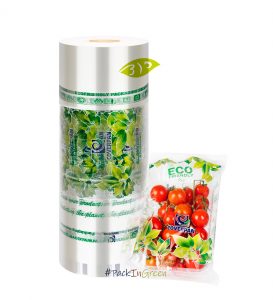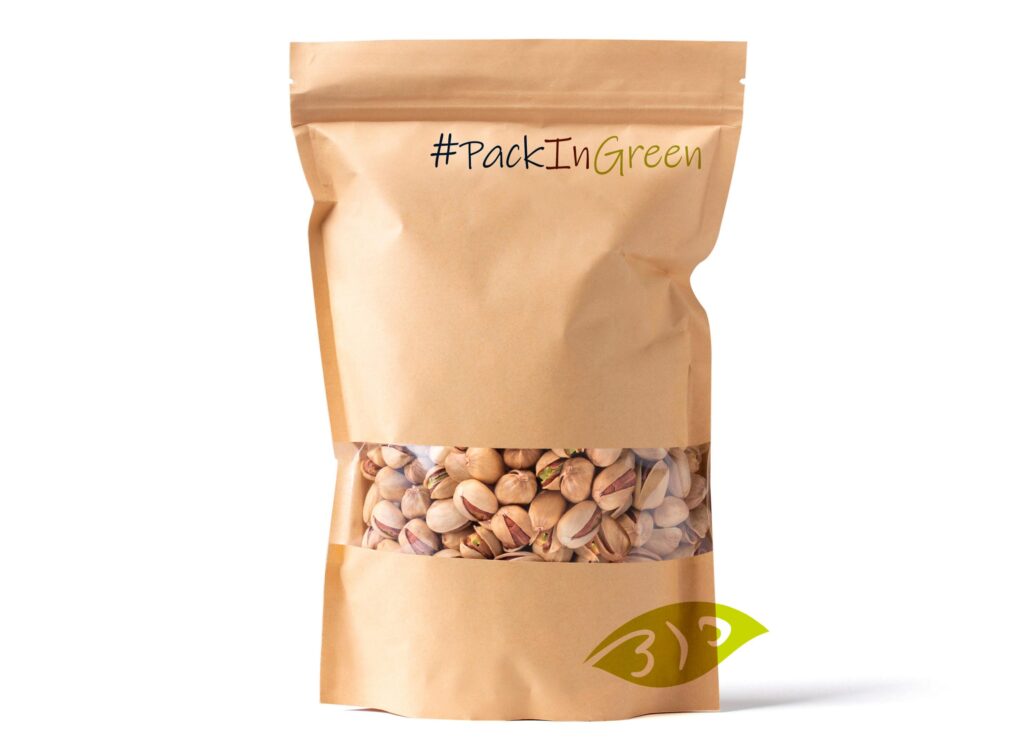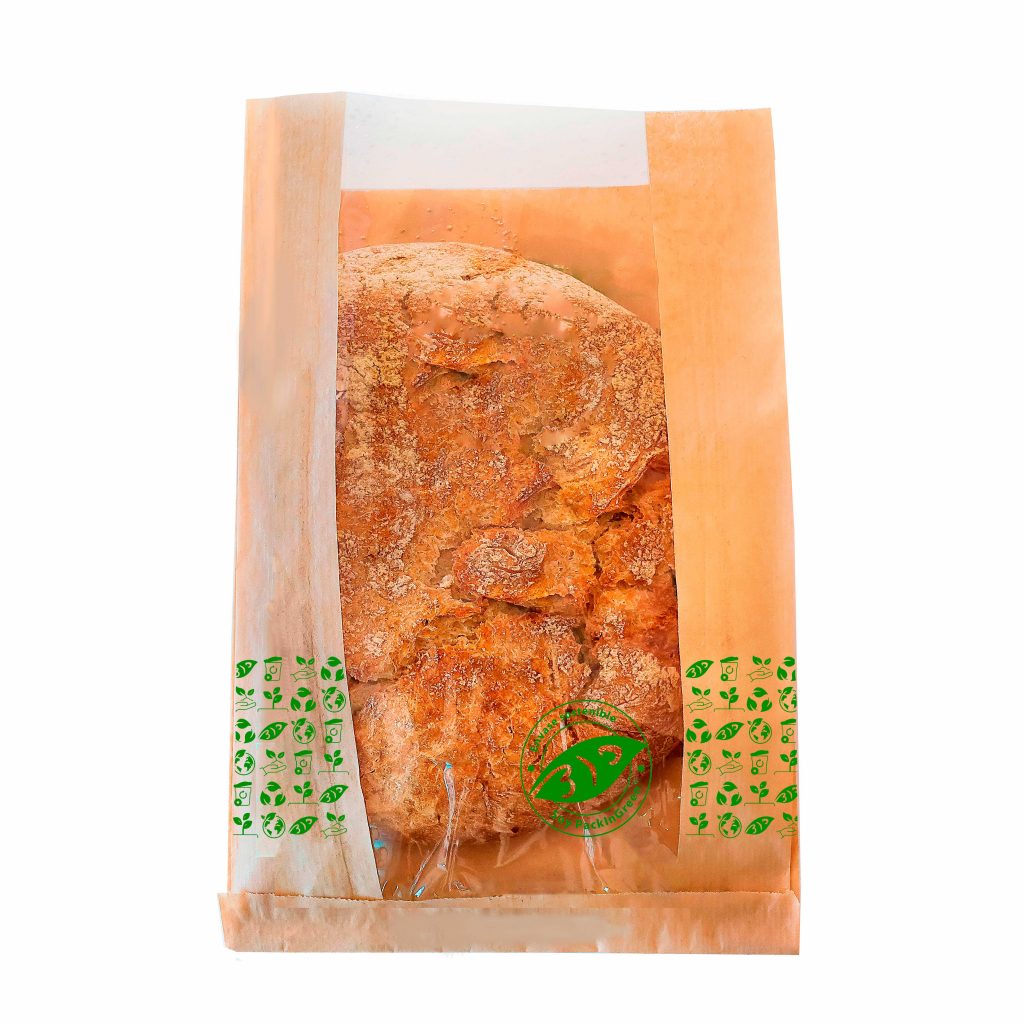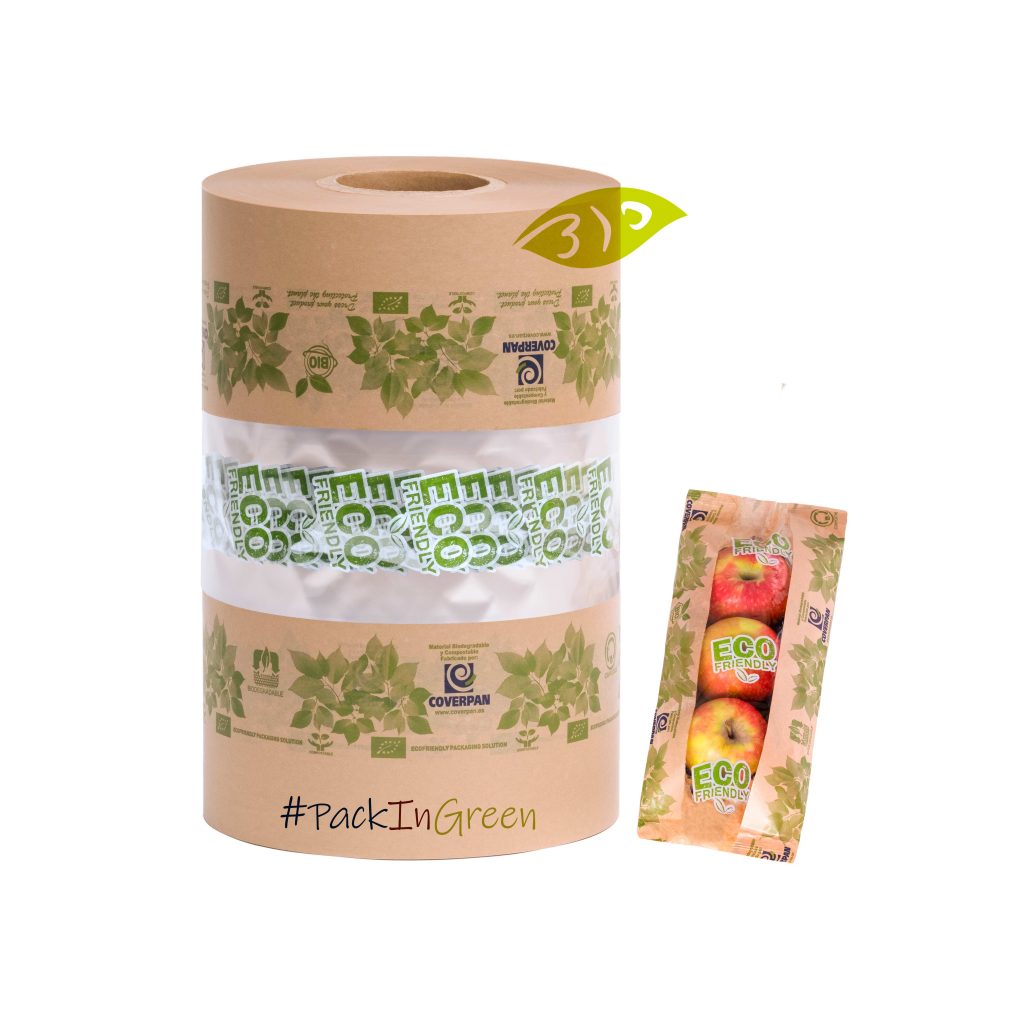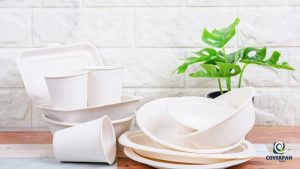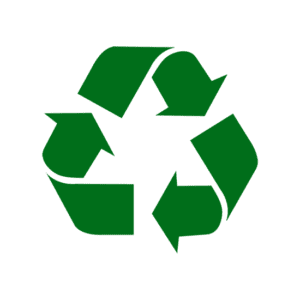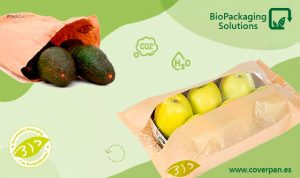The world of packaging is in full swing. Food packaging is changing due to market demand and legislative changes. This affects the production of materials as well as the end-of-life of packaging. New trends indicate that consumers are placing increasing importance on preserving food with sustainable packaging and rejecting plastic packaging.
The 2030 Agenda marks a series of milestones, which we have already mentioned in our blog: Europe 2030, a new normality for packaging.
This means that the entire packaging industry is trying to develop solutions, especially moving in two directions:
- The manufacturing of 100% recyclable plastic packaging.
- The manufacturing of packaging made of bio-based materials, which are biodegradable and compostable.
At Coverpan we have opted for this second way, with our PackInGreen strategy.
We are developing a whole range of useful solutions for all kinds of products, based on bio-based, biodegradable and compostable raw materials. Solutions based on cellulose, corn starch, potato starch, sugar cane or other natural materials.
These materials clearly differ from plastic solutions, which are highly polluting and petroleum based. Our packaging contribute to the circular economy model, because at the end of their useful life they are transformed into “compost” or fertilizer.
Plastic, the protagonist of traditional packaging solutions
Plastic industry has been developing all kinds of packaging solutions for more than 100 years, being aware of the importance of packaging in the preservation of food and other products. It is this way that we can find plastic packaging that have different characteristics in the market, depending on the needs of the product to be packed.
Traditional food packaging products with plastics
- Flexible films for packaging in horizontal and vertical flow pack machines.
- Rigid materials for packing in trays, with flexible lid.
- Thermoformable materials for automatic packaging in thermoforming machines.
- Microperforated or macroperforated films for the breathing of products.
- Materials with anti-fog treatments.
- PET bottles and jars and other plastics for the preservation of liquids.
- Shrinking films that adapt to the different forms of the products.
- Multilayer films with barriers to the different agents involved in food conservation such as, oxygen barrier, water vapor barrier, barrier to light or ultraviolet rays, etc.
- Films and bags for vacuum packaging.
- Temperature-resistant, baking or cooking materials.
- Materials resistant to freezing or ultrafreezing.
- Packaging that allows sterilization of products.
- Doypack bags, with easy opening and ZYP closure, to reuse the pack.
- Films with valves to be able to extract the smell of the packaged product, preventing the entrance of air or oxygen, which damages the preservation, especially for coffee.
- Multi-layer liddig films with easy open.
The list of all the solutions the industry has developed during all these years is endless and replacing each of these materials with a sustainable solution is not always easy.
The same performance as plastics will not always be achieved. In addition, in most cases, product prices will be significantly higher. One of the features that have made plastics so far the kings of packaging is their good machinability, their ease for industrial manufacturing processes and the very competitive price.
Sustainable solutions for food conservation
At Coverpan we want to offer the market food preservation solutions with sustainable packaging, to replace the current plastic ones, with the same features that what our customers are using nowadays.
Specifically, we can already offer the following solutions:
- Flexible films for horizontal and vertical flow pack packaging: paper reels with window and transparent film reels.
- Rigid materials for packaging in trays, with flexible lidding films.
- Thermoformable materials for automatic packaging in thermoforming machines.
- Microperforated or macroperforated films to help the breathing of the packed products.
- Multilayer films with barriers to the different agents involved in food conservation such as, oxygen barrier, water vapor barrier, barrier to light or ultraviolet rays, etc.
- Films and bags for vacuum packaging.
- Temperature-resistant, baking or cooking materials.
- Materials resistant to freezing or ultrafreezing.
- Doypack bags, with easy opening and ZYP closure, to reuse the pack.
- Films with valves to be able to extract the smell of the packaged product, preventing the entrance of air or oxygen, which damages the preservation, especially for coffee.
- Multi-layer liddig films with easy open.
Get your sustainable packaging with Coverpan
As you can see, Coverpan’s catalogue of SUSTAINBLE PACKAGING MATERIALS is quite extensive, and covers all food conservation needs with the great advantage, with respect to plastics, that our products degradate at the end of their useful life, creating “compost” or fertilizer. Compost is useful for the production of new plants or bio-based raw materials, thus contributing to the circular economy and the proper conservation of the planet, which is everyone’s task.

